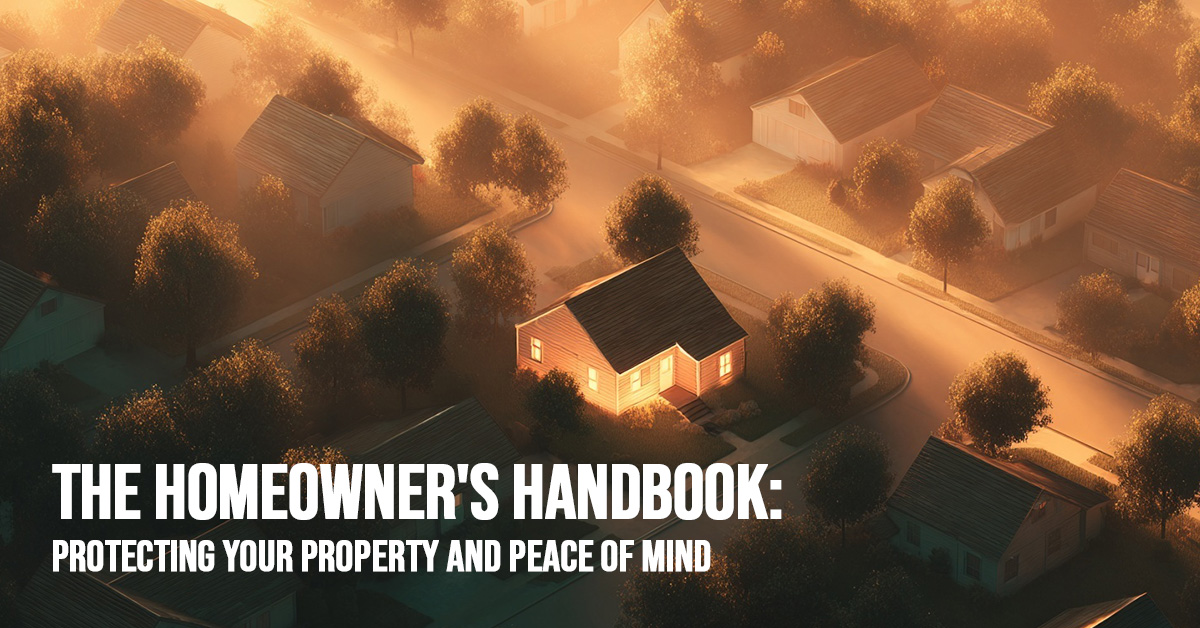
The Homeowner’s Handbook: Protecting Your Property and Peace of Mind
Owning a home is a rewarding experience, but it also comes with the responsibility of protecting your investment. While a mortgage lender will require you to have home insurance, simply meeting the minimum isn’t enough. A well-chosen policy is your financial safety net against unforeseen events like fires, storms, or theft. This guide will walk you through the essential components of home insurance and help you make informed decisions.
First, let’s look at the basic structure of a policy. Most homeowner’s insurance is broken down into four key areas: dwelling coverage, personal property, liability, and additional living expenses. Dwelling coverage protects the physical structure of your house and any attached structures like a deck or garage. It’s crucial that this coverage amount reflects the cost to rebuild your home from the ground up, not its market value. Construction costs can fluctuate, so it’s wise to review and adjust this amount periodically.
Personal property coverage protects your belongings, from furniture and clothing to electronics and appliances. This is where an accurate home inventory becomes invaluable. Before a disaster strikes, take photos and videos of your possessions and create a detailed list. This documentation will make the claims process much smoother and ensure you are fully compensated for your losses. For high-value items like jewelry, art, or fine collectibles, you may need a separate rider or endorsement to get adequate coverage. Standard policies often have low limits on these items.
Liability coverage is a critical shield against lawsuits. If someone is injured on your property, or if you accidentally cause damage to someone else’s property, this coverage helps pay for legal fees and medical expenses. It provides peace of mind knowing you’re protected from a simple slip-and-fall lawsuit that could otherwise be financially devastating. Finally, additional living expenses coverage, also known as loss of use, pays for temporary housing, food, and other costs if you’re forced to move out of your home while it’s being repaired after a covered event.
Saving money on home insurance doesn’t have to mean sacrificing coverage. Many insurers offer discounts for things you already have or can easily implement. Consider installing a home security system, smoke detectors, or smart home devices. Bundling your home and auto policies with the same provider is one of the easiest ways to get a significant discount. Improving your credit score, maintaining a good claims history, and increasing your deductible can also lower your premiums. However, be sure you can comfortably afford the deductible in case you need to file a claim. Ultimately, a well-chosen home insurance policy is the cornerstone of a secure future, ensuring that no matter what comes your way, your sanctuary is protected.